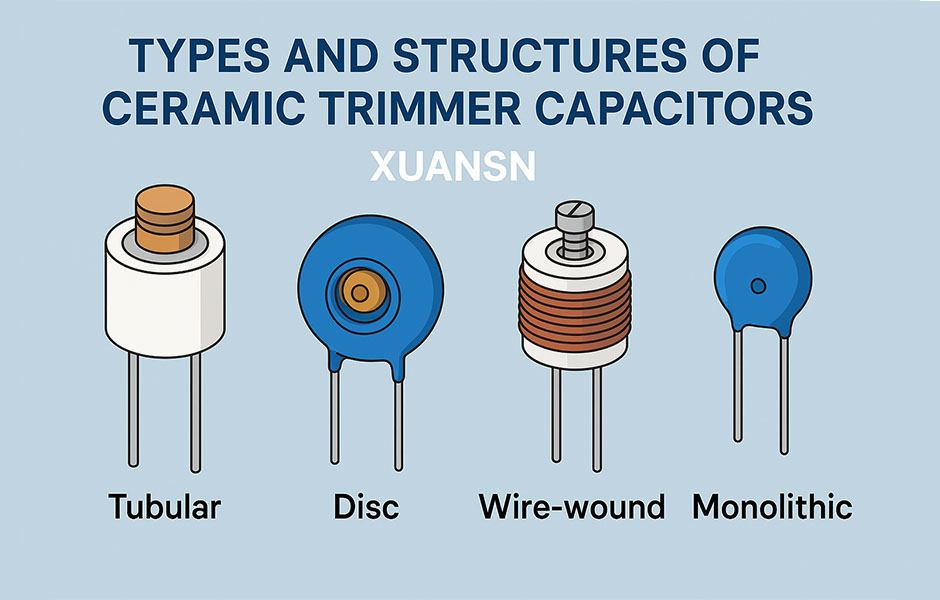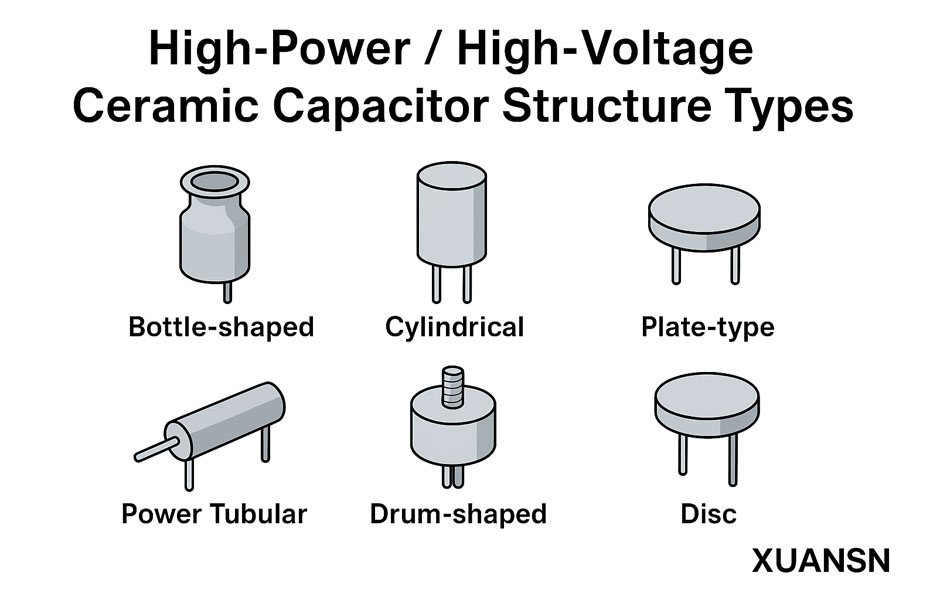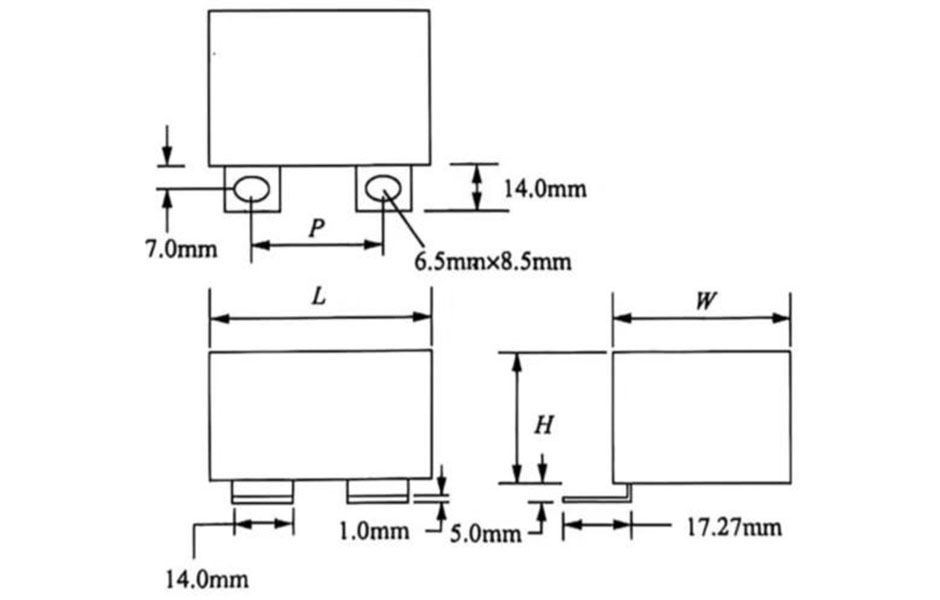The filter capacitor plays a very important role in the switching power supply. How to choose the filter capacitor correctly, especially the choice of the output filter capacitor, is a problem that every engineering and technical personnel is very concerned about.
The ordinary electrolytic capacitor used in the 50Hz power frequency circuit has a pulsating voltage frequency of only 100Hz, and the charging and discharging time is on the order of milliseconds. In order to obtain a smaller pulsation coefficient, the required capacitance is as high as hundreds of thousands of μF. Therefore, the goal of ordinary low-frequency aluminum electrolytic capacitors is to increase the capacitance. The capacitance, the loss tangent value and the leakage current of the capacitor are to identify them. The main parameters of pros and cons. The output filter electrolytic capacitor in the switching power supply has a sawtooth voltage frequency of up to tens of kHz or even tens of MHz. At this time, the capacitance is not its main indicator. The standard to measure the quality of high-frequency aluminum electrolytic capacitors is “impedance- “Frequency” characteristics require a lower equivalent impedance within the operating frequency of the switching power supply, and at the same time, it has a good filtering effect on the high-frequency spikes generated when the semiconductor device is working.
Ordinary low-frequency electrolytic capacitors begin to appear inductive at around 10kHz, which cannot meet the requirements of switching power supplies. The special high-frequency aluminum electrolytic capacitor for switching power supply has four terminals. The two ends of the positive aluminum sheet are respectively led out as the positive electrode of the capacitor, and the two ends of the negative aluminum sheet are also led out as the negative electrode. Current flows in from one positive terminal of the four-terminal capacitor, passes through the capacitor, and then flows from the other positive terminal to the load; the current returning from the load also flows in from one negative terminal of the capacitor, and then flows from the other negative terminal to the negative terminal of the power supply.
Because the four-terminal capacitor has good high-frequency characteristics, it provides an extremely advantageous means for reducing the pulsating component of the voltage and suppressing the switching spike noise. High-frequency aluminum electrolytic capacitors also have a multi-core form, that is, the aluminum foil is divided into several shorter sections, which are connected in parallel with multiple lead pieces to reduce the impedance component in the capacitive reactance. And the use of low-resistivity materials as the lead-out terminals improves the capacity of the capacitor to withstand large currents.




